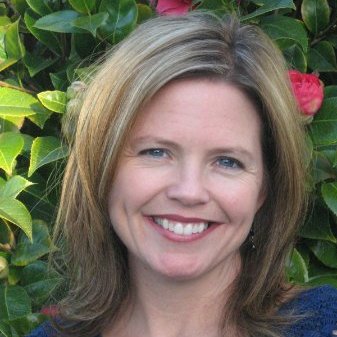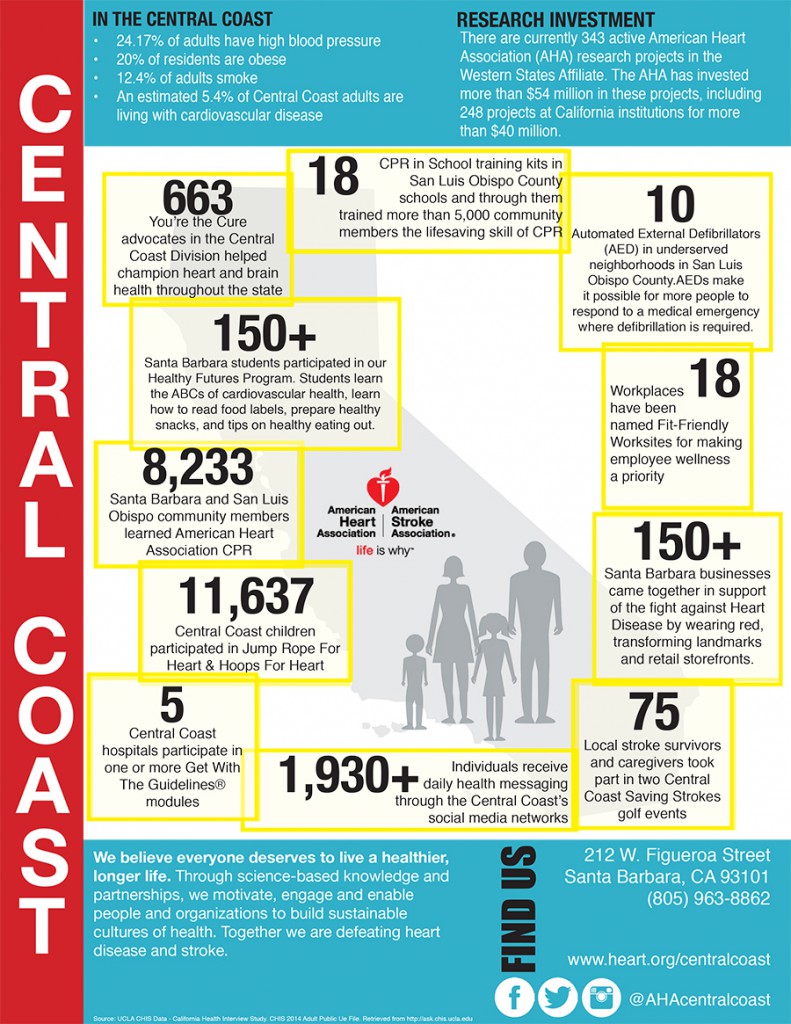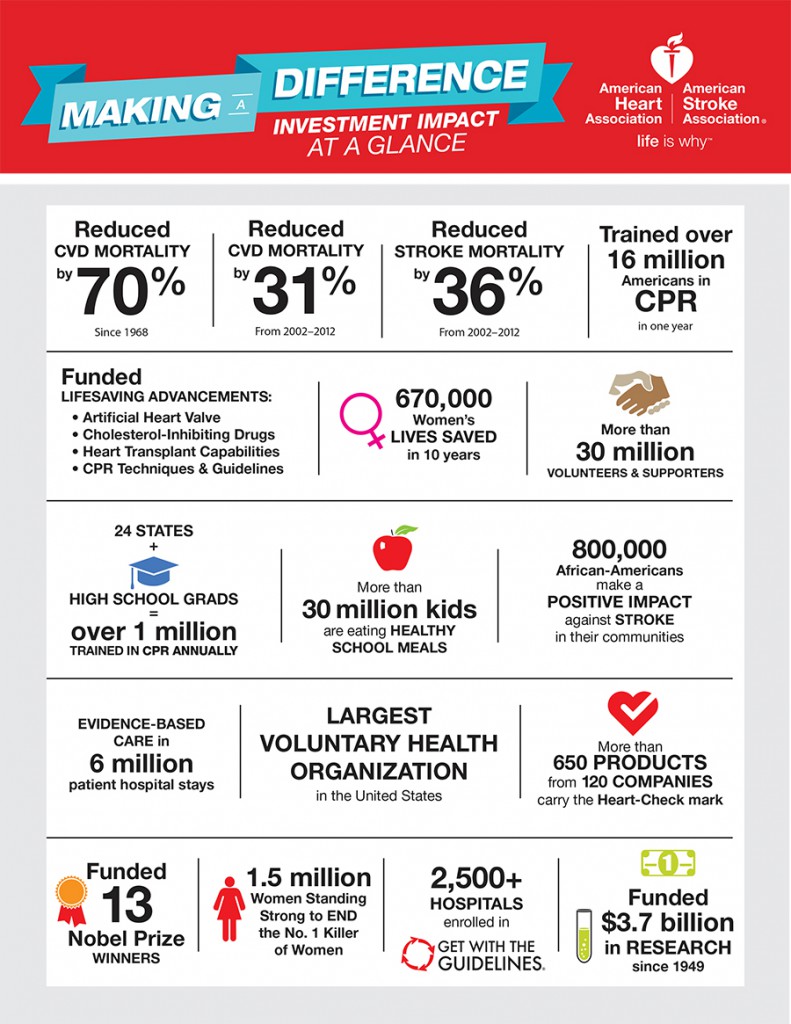By Erica Rascón on September 8, 2016 in Giving People
You see the little Heart-Check mark anywhere there is food these days: a box of Cheerios in your pantry, a can of Campbell’s soup in the store, a Subway sandwich wrapper at the park. Today, 92 percent of consumers recognize the efforts of the American Heart Association brand. But that wasn’t always the case. Heart disease used to be a silent killer. The American Heart Association (AHA) has brought the importance of heart health to the foreground of wellness.
The U.S. faces a sincere need for heart health education. One in every four deaths is the result of heart disease, according to a report by the Center for Disease Control. That makes heart disease the leading cause of death among men and women.
Lisa Thomas, Senior Heart and Stroke Walk Director, hopes to change that. Through public education and fundraising, Thomas and her team work to reclaim lives from the clenches of heart disease.
“Public education is a part of everything that we do,” says Thomas. “It’s so important to know your risk, know your numbers and see your doctor every year to stay up to date. Prevention is key. Prevention saves lives.”
Eating a heart-healthy diet is a good place to start, hence the Heart-Check mark on certain foods at the grocery store. These foods meet the nutritional requirements set by AHA to promote heart health. Common characteristics are foods that are low in cholesterol and salt, and contain ingredients that favor the cardiovascular system.
Consistent exercise is another key preventative measure.
“Powerwalking is a good one. It’s so easy to just grab your shoes and walk, in the neighborhood, at the mall, the park—anywhere there is space,” says Thomas.
That basic concept is the backbone of the association’s annual Heart Walk series fundraiser. Each year, more than 268 events take place across the nation. Individuals, families, friends, and corporate teams come together to promote awareness and wellness in their communities. Last year, more than 1 million walkers participated in the events.
“The Heart Walk, our largest national fundraiser, is huge,” beams Thomas. “We really move our funding forward through research. Through research, we can learn so much more about heart disease and stroke. So we place such an emphasis on the funds that we raise through the Heart Walk because the event generates the revenue that makes the biggest impact.”
Yardi supports Heart Walk events across the nation. Each year, employees participate as individuals and teams. The corporate office also sponsors onsite educational activities for participants.
“For the last several years, Yardi has supported our efforts to teach CPR to youth,” begins Thomas. “The program helps them learn the simple steps of pressing hard and fast in the center of the chest, the hands-only CPR technique. We’ve been able to provide that training for anyone who comes to the Heart Walk. That has been a big project of ours and Yardi has helped to push that forward with their support.”
This quick, simple method can help save lives. Its ease and effectiveness are helping the program gain a broader reach.
“This year, we’re working with Santa Barbara County’s social services to do multiple hands-on demonstrations throughout the year and distribute CPR Anytime kits to families through Social Services,” says Thomas. “Wonderful sponsors like Yardi make a huge difference. We’re so grateful for our corporate partners.”
But you don’t have to be part of a corporate organization to change lives during the Heart Walk. Thomas encourages volunteers to serve as team captains, vital leadership positions that keep walkers organized and motivated. “They are essential to the event. We always need good team captains,” says Thomas. “You can visit www.heartwalk.org to find the Heart Walk near you and become a team captain by forming a team.
The advocacy program, You’re the Cure, is another great way to get involved with AHA. You’re the Cure empowers volunteers to influence legislation.
Thomas explains, “Wherever you are, you can help to make policy changes. Joining the You’re the Cure network allows you to take a single action to send three letters to Congress regarding a health-related topic. You can invite friends to be advocates, too. You can really make a big difference.”
Wherever the Heart and Torch logo or Heart-Check mark can be seen, AHA is actively educating the public on the small steps to take that can end heart disease. To learn more about the American Heart Association and how you can show your support, visit heart.org.




